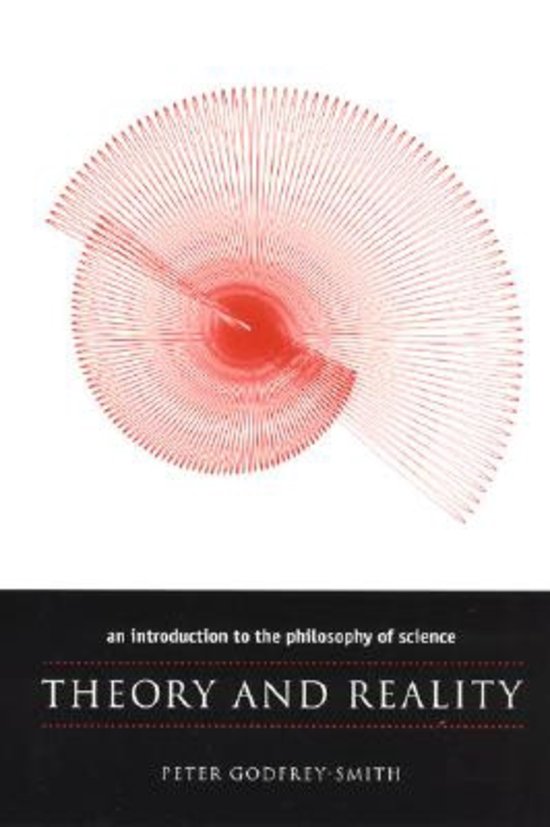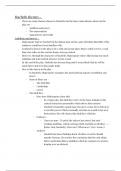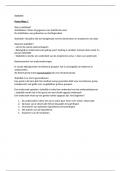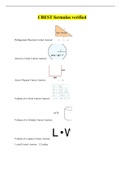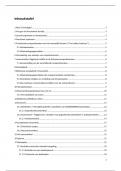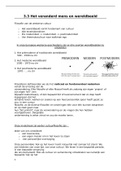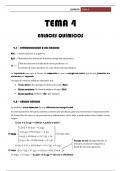Samenvatting
Summary Philosophy final
- Vak
- Instelling
- Boek
A complete summary of all relevant information you need to know for the final exam of Philosophy of Science for IBA given at Tilburg University. It covers ch. 8 - 13 from tue book Theory and Reality and also includes extra notes from the lectures with additional information.
[Meer zien]

